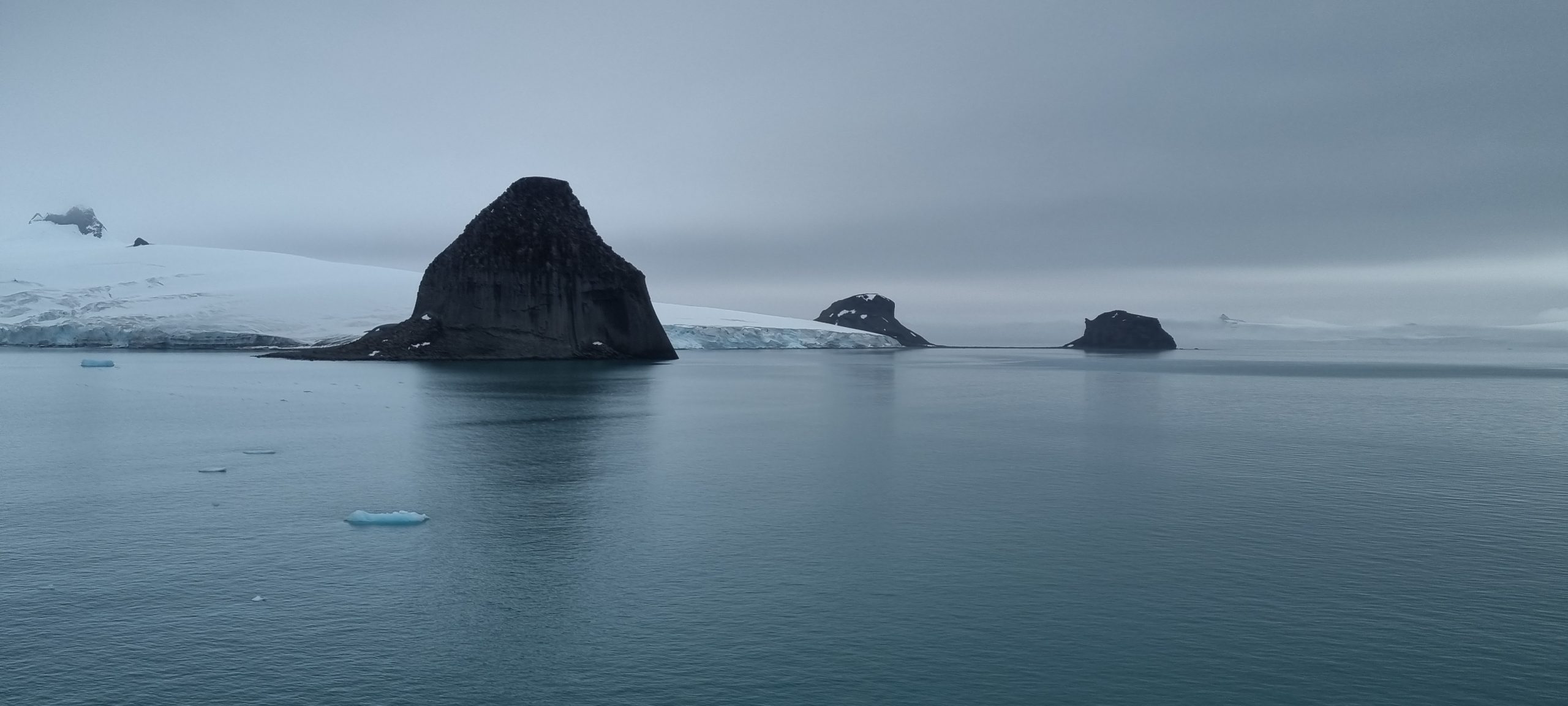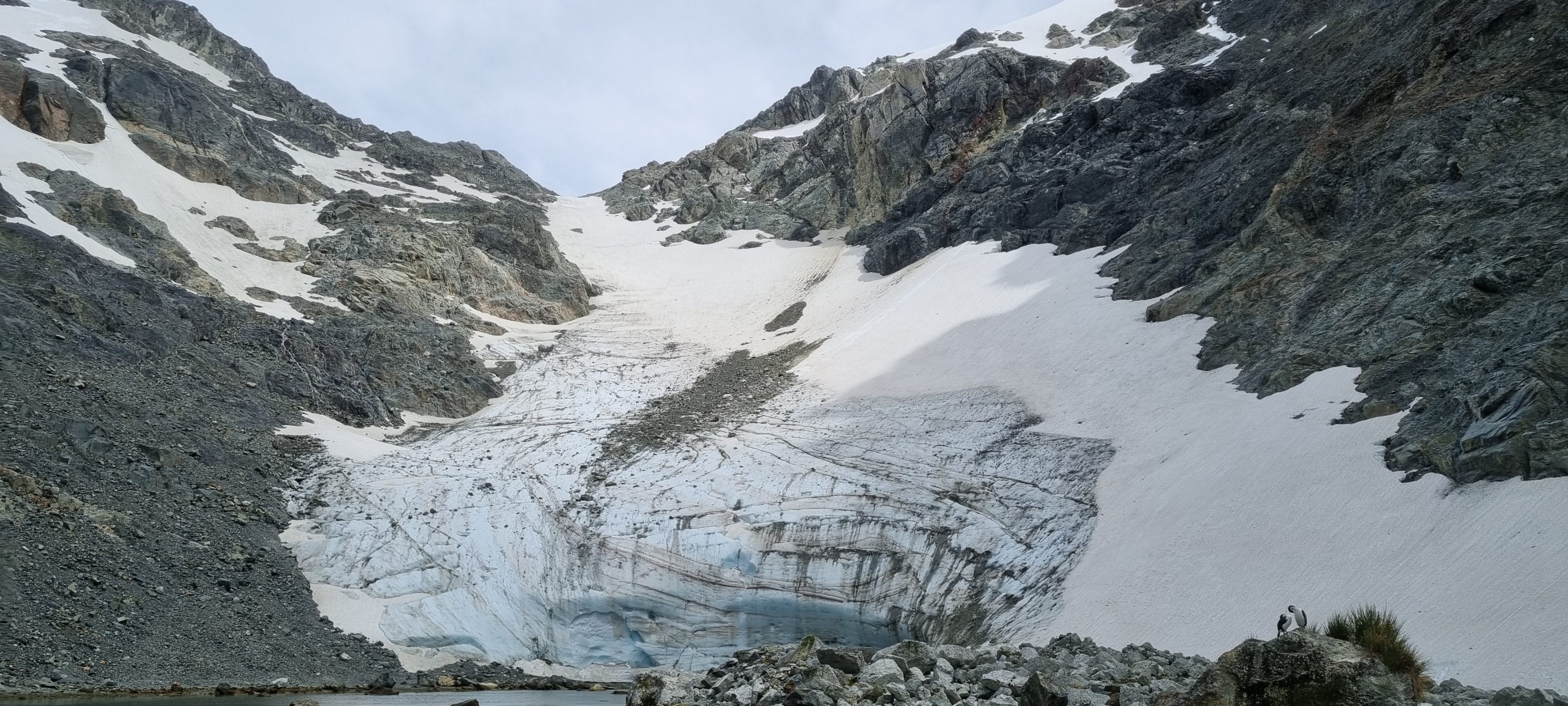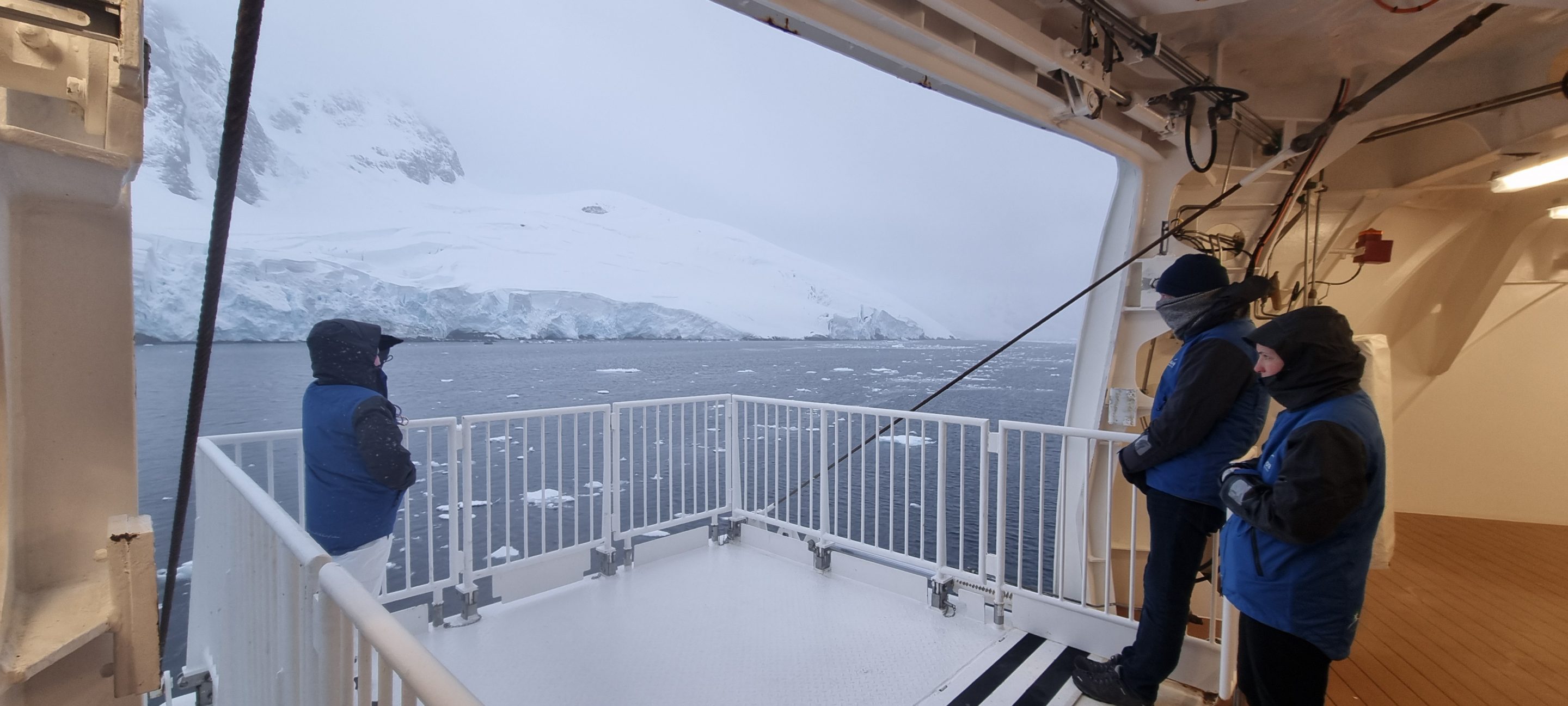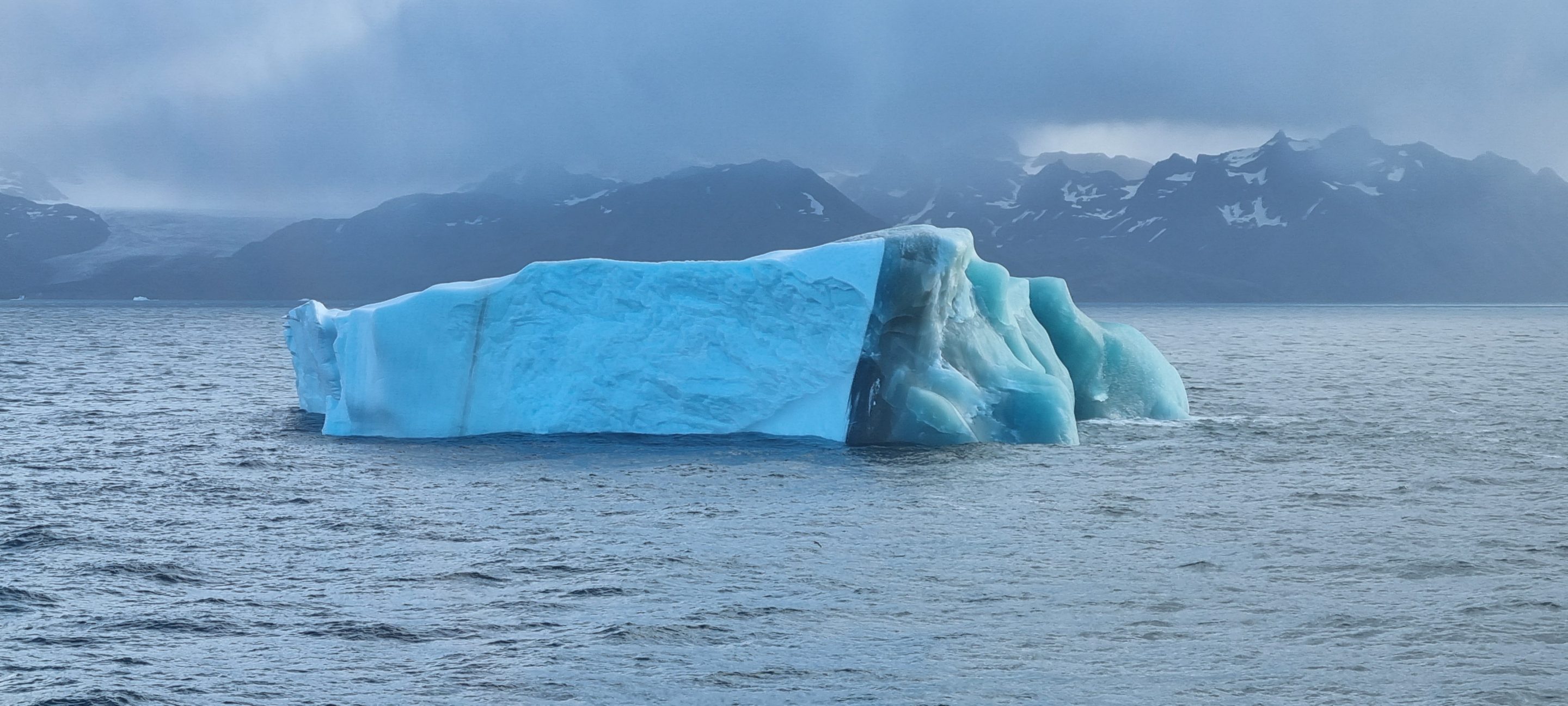Climate Change in Antarctica
Climate change in Antarctica is driving significant environmental transformations that extend far beyond the continent. Home to approximately 90% of the world’s ice, Antarctica is crucial for global climate regulation. Yet, this critical region now faces rapid ice loss, atmospheric warming, and ecosystem changes that are impacting sea levels, ocean circulation, and climate stability worldwide.
Through remote sensing, climate modelling, and field research, scientists are tracking these changes to understand how Antarctic warming will influence the global environment.
Effects of Climate Change on Antarctica
Ice Sheet and Glacier Melting
The West Antarctic Ice Sheet and the Antarctic Peninsula are experiencing accelerated ice loss, primarily due to warming ocean currents that erode ice shelves from below. Much of the West Antarctic Ice Sheet rests on bedrock below sea level, making it especially susceptible to melting as warm waters destabilise the ice from underneath.
Recent satellite data reveal that Antarctica has lost over 2,500 gigatonnes of ice in recent decades, contributing significantly to global sea-level rise. This loss is concentrated in rapidly thinning ice shelves and glaciers, including Pine Island and Thwaites, which are receding at unprecedented rates.
Atmospheric Warming
Warming trends in Antarctica are unevenly distributed, with the Antarctic Peninsula among the fastest-warming regions globally, showing temperature increases of up to 3°C since the 1950s. Meanwhile, East Antarctica has remained relatively stable or even cooled slightly due to the polar vortex and ozone layer effects.
Atmospheric warming disrupts seasonal cycles, such as snow accumulation and melt patterns, and increases extreme weather events. The reduction in sea ice also lowers the continent’s ability to reflect sunlight (albedo effect), which exacerbates warming further.
Ocean Warming and Acidification
Ocean temperatures around Antarctica are rising, especially in the Amundsen and Bellingshausen seas, where warm currents penetrate beneath ice shelves, accelerating melting from below. This warm water flow destabilises ice shelves and contributes to sea-level rise.
Moreover, increased CO₂ absorption is causing acidification in the Southern Ocean, which threatens organisms with calcium carbonate shells, such as krill and pteropods, foundational species in the Antarctic food web. Changes in these populations affect marine life across the ecosystem, impacting fish, seabirds, and marine mammals.
Ecosystem Shifts
Warmer temperatures and decreasing sea ice are driving notable ecological shifts in Antarctica. Species like Adélie penguins, reliant on sea ice, are seeing population declines, while gentoo penguins, which thrive in less icy conditions, are expanding into areas once dominated by ice-adapted species.
As ice retreats, invasive species and temperate-adapted marine organisms are colonising Antarctic waters, potentially disrupting established food webs. Alterations in krill populations, vital for predators, trigger cascading impacts on the entire food web, with potential consequences for global fisheries.
Measuring the Impacts of Climate Change in Antarctica
To understand climate change in Antarctica, scientists use advanced methods, combining field data with high-tech monitoring systems:
Satellite Monitoring
Satellites provide essential data on changes in ice mass, sea ice extent, and ocean temperatures. Instruments such as GRACE (Gravity Recovery and Climate Experiment) and ICESat (Ice, Cloud, and Land Elevation Satellite) track ice sheet thickness and glacier movement, while Synthetic Aperture Radar (SAR) measures ice flow speed.
These satellite observations allow researchers to monitor trends in ice melt, sea ice coverage, and glacial movement on a large scale, providing critical data on the continent’s contribution to sea-level rise.
Field Research and Ice Core Sampling
Field stations across Antarctica, operated by nations such as the US and UK, enable scientists to collect long-term data on temperature, snowfall, and wind patterns. Ice cores drilled in the Antarctic ice sheet offer records of past atmospheric conditions, revealing historical CO₂ levels and temperature fluctuations.
Ice cores provide invaluable insights into Earth’s climate history, showing that current CO₂ levels are far above those observed in the past 800,000 years. By examining these cores, scientists predict how Antarctic climate change may progress under future warming scenarios.
Oceanographic Surveys
Researchers deploy autonomous underwater vehicles (AUVs), moorings, and sensors beneath ice shelves and in the Southern Ocean to measure water temperature, salinity, and acidity. These devices track changes in ocean conditions that affect glacial melting, offering data on how warming currents impact ice stability.
This oceanographic data is crucial for understanding the interplay between Antarctic ice and ocean currents, particularly as warm waters reach areas beneath key ice shelves.
Climate Modelling
Climate models integrate data from field research, ice core samples, and satellite observations to simulate potential Antarctic responses to warming. These models are essential for forecasting the rate and effects of ice sheet loss, sea-level rise, and atmospheric changes.
Models also help researchers understand feedback mechanisms, such as how increased freshwater from melting ice could disrupt global ocean circulation patterns, including the thermohaline circulation, which regulates heat and nutrient distribution worldwide.
Global Implications of Climate Change in Antarctica
The effects of climate change in Antarctica are far-reaching, with considerable impacts on global systems:
Sea-Level Rise
Antarctic ice melt is a major contributor to global sea-level rise. The West Antarctic Ice Sheet alone holds enough ice to raise sea levels by roughly 3.3 metres, and the complete melting of Antarctic ice could raise levels by over 58 metres. Even partial melting could lead to widespread coastal flooding, displacing populations and affecting agriculture and infrastructure globally.
Ocean Circulation and Climate Patterns
The influx of freshwater from melting Antarctic ice influences ocean salinity and may disrupt major currents, including the Antarctic Circumpolar Current and thermohaline circulation. Such disruptions would alter weather patterns, nutrient distribution, and possibly increase storm frequency in other world regions.
The Southern Ocean also plays a vital role in CO₂ absorption, helping mitigate global warming. However, warming and acidification reduce this capacity, increasing atmospheric greenhouse gas concentrations and accelerating climate change.
Ecosystem Disruptions
Antarctic ecosystem changes impact global biodiversity. For instance, krill population declines affect species that rely on krill, including commercially significant fish, influencing marine life beyond Antarctic waters. The Southern Ocean’s ecological health also influences nutrient cycles that support productivity in oceans worldwide.
Feedback Loops in Climate Warming
Antarctica’s albedo effect, which involves ice reflecting solar radiation, reduces warming. As Antarctic ice diminishes, more sunlight is absorbed by exposed land and water, intensifying warming locally and globally. This feedback loop accelerates temperature rises, highlighting the interconnection between Antarctic ice loss and global climate trends.
We All Need to Take Action
Antarctica is both a sentinel and an amplifier of climate change. The rapid transformations occurring in its glaciers, ice shelves, and ecosystems signal profound impacts for global systems. Through advanced monitoring and climate modelling, scientists are documenting the rapid environmental changes in Antarctica and their broader implications.
The continent’s response to climate change in Antarctica will influence future sea levels, climate stability, and biodiversity, underscoring the need for an in-depth understanding of these shifts and measures to mitigate their effects.
Further Reading
There is a wealth of knowledge on the internet about climate change and it’s effects. A good place to start is NASA. They also have links to other good sources of information.
Back To Top




